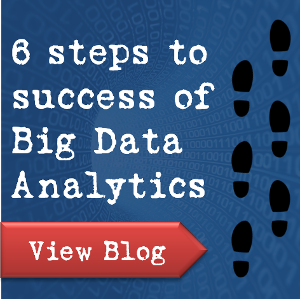Thinking about the future of ERP software
In the business world the acronym ERP can be found everywhere as organizations seek better, sharper, more efficient ways of making their businesses run effectively to challenge competitors and maximize the drive for profits. This business software tool, Enterprise Resource Planning, has grown exponentially since its initial origins in the 1960s. As new technology has advanced in leaps and bounds, so too has the thinking about ERP software and how it will be accessed and used in the future.
A short history of ERP
Although it wasn't called ERP, the concept of this applied to the manufacturing sector, its application being to the control and management of inventory. Programs were created to monitor inventory and reconcile balances, followed by reports on status. Its evolution into MRP - Material Requirements Planning - in the 1970s provided systems to schedule production processes.
MRP developed to embrace more manufacturing processes in the 1980s, and in the next decade it started to grow beyond inventory control and the process of operations to additional back-office tasks. These included human resources and accounting and were the launching pad for what is understood by ERP today.
Rapid advances in the software's ability to handle multiple operations have enabled large, medium-sized and small organizations to streamline their systems and get information in real time across departments. A major advantage for businesses that use ERP is that each business department that is linked to it will receive the same information from a shared database, eliminating the need for multiple inputting of data and consequently reducing the potential for costly errors.
From hardware to the Cloud
ERP systems had requirements for both hardware and software to run the program and for large companies this was more feasible in terms of costs than for smaller types of organization. The size of server required is commensurate to the number of users it would have who needed access to the central database, and other hardware requirements would be determined depending on the types of department the software would be used for.
Businesses using on-site ERP generally need to update their hardware to ensure that software upgrades worked properly and did not lose any functionality. Managers needed to keep a close eye on the cost benefits of the capital outlay on hardware, software and maintenance expenses against the reduction in overall company costs due to higher productivity.
The development of Cloud based computing has added another crucial strand to ERP's architecture, enabling even small businesses to take advantage of its possibilities. Cloud ERP removes the need for hardware on site, with the software being hosted by a Software-as-a-Service provider. A business may start with a small number of modules that are relevant to it and, as it grows, add on more, paying only for the services needed. This makes it a highly flexible tool and marks a significant reduction in the costs of operating a traditional form of ERP.
With the ability for it be accessed on a variety of devices, including laptops, tablets and cellphones, the Cloud appears to be very much the future for ERP.


 Ved
Ved






